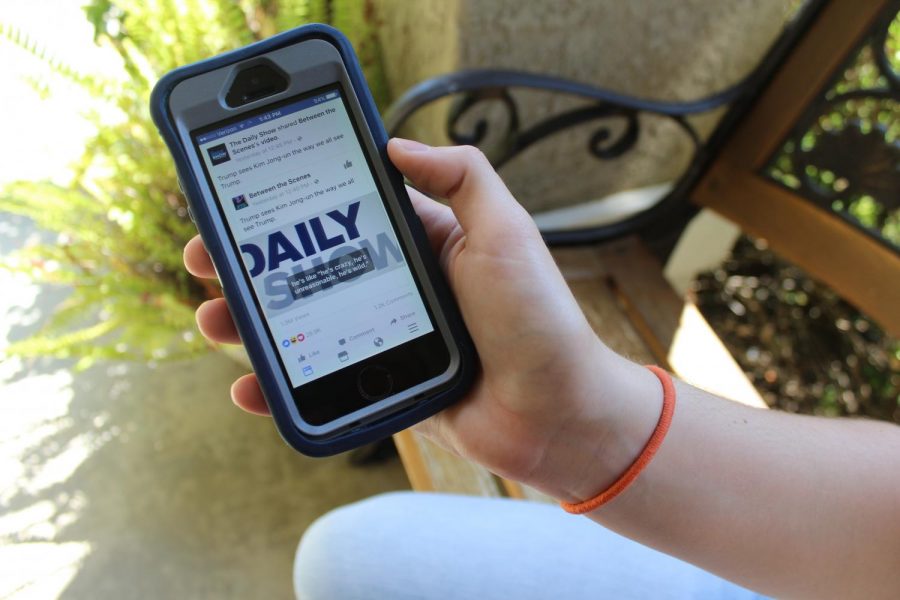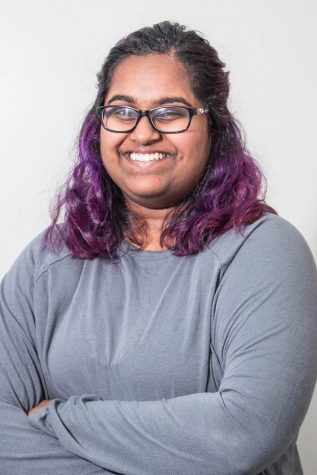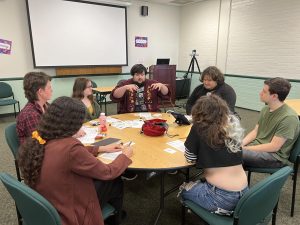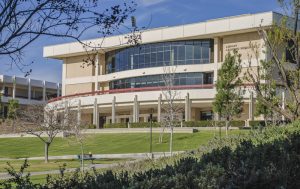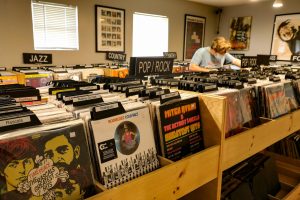There might be a problem with your social media feed
A student looks at their curated Facebook feed. Students today may be confirming their own biases by the social media they chose to follow. Photo credit: Ash Dondeti
September 14, 2017
For the past two decades, social media has quickly become an everyday part of ] our lives. It has become a place where people can share whatever they want to whoever they want, and vice versa. Likewise, it’s a place where you can watch other people’s lives, whether they be friends, family, or complete strangers. Finding out where people work, go to school, their likes, dislikes, relationships, political views, and so much more have easily become accessible.
With the 2016 election, a particular issue that has appeared in the digital world is sharing political views on social media and how followers react to them. Many people see differences of opinion on their social media feeds only to then pick and choose between the ones they agree with or dislike. This seems to occur mostly on Facebook, but that doesn’t mean it’s not happening on Instagram or Twitter.
In a study done by Pew Research Center, of American adults, 83 percent will see a political opinion on their news feed that they disagree with and they will ignore it. Thirty-one percent changed their settings to receive fewer posts from the person they disagree with, while 27 percent blocked or unfriended them.
This research shows how people want like-minded people on their social media, because it reaffirms what they already consider to be right. It feels good to have opinions shared with other people you know and respect, which can cause a self-selected media feed. A daughter could have a Facebook that is entirely liberal without a conservative post or comment in sight, while her father’s account is the opposite. This shows that when a person scrolls through their social media news feed and they see something they don’t like, it automatically gets ignored or blocked, making the social media experience self-selected.
However, there’s a problem with personalized social media feeds. According to a separate survey done by Pew’s Research Center in January 2016, 83 percent of people between the ages of 18 and 29 learn about politics from at least one stream of information. From that 83 percent, 35 percent of people say that social media is the most helpful source when learning about the election and politics. This means that 35 percent of people are getting their news from the political view that they agree with and not from the opposing view. This makes it incredibly difficult for anyone to understand a viewpoint that isn’t their own, because they aren’t exposed to it whatsoever. It creates a self-selected media bubble where most of the information users get is what they already agree with.
Although there is nothing wrong with following and listening to opinions and news that is self-selected, it is also essential to regard and understand the other side. Being exposed to opposing viewpoints and ideas makes a person question their own, which causes them to analyze what they believe. Then, they will either reaffirm it or reject it for the new ideas. This growth is crucial to remain open-minded and to expand one’s ideology.



